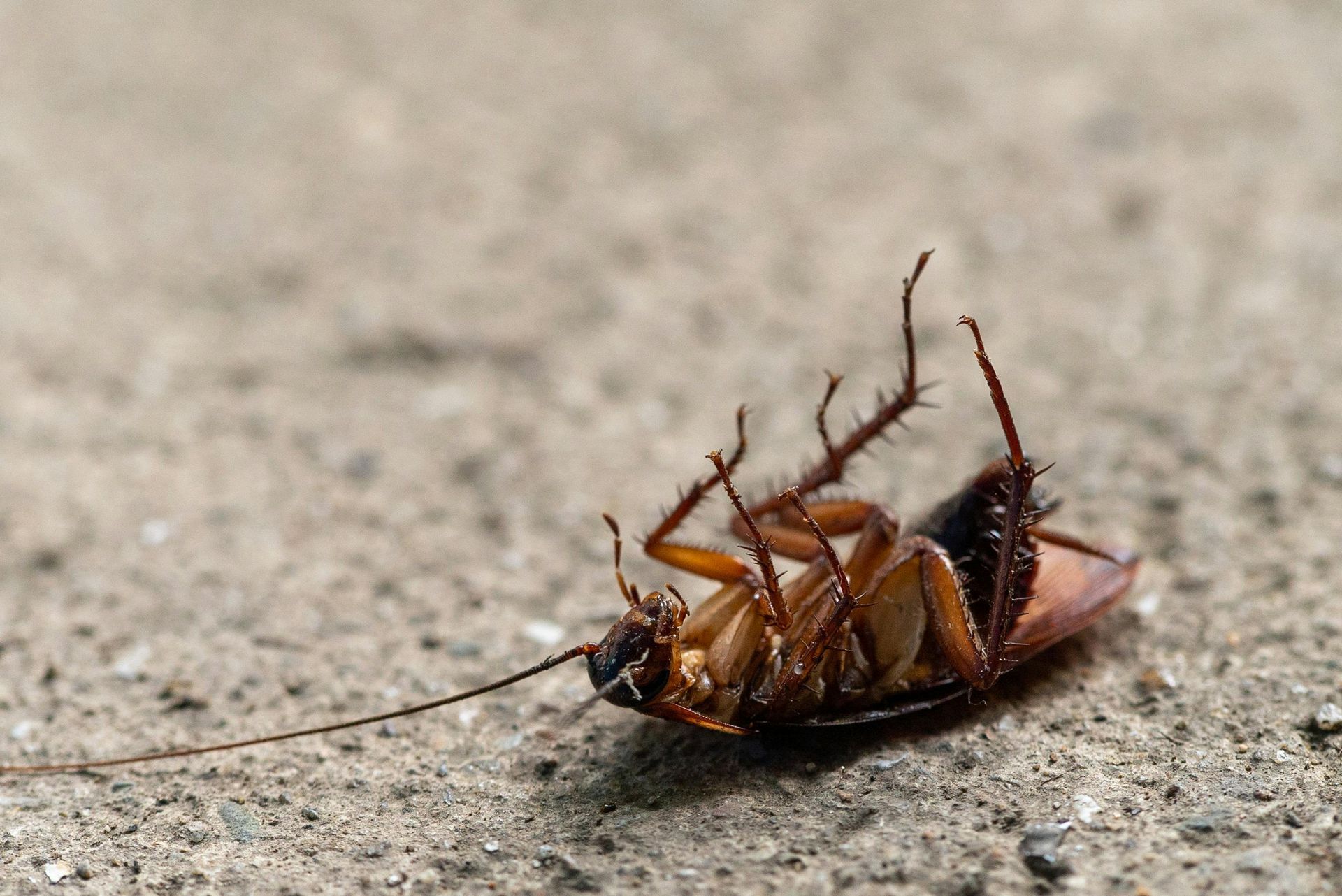The Importance of Home Maintenance in Keeping Pests at Bay
How Regular Maintenance Protects Homes and Businesses from Pest Infestations

Pests are opportunistic invaders. Minor maintenance issues can create the perfect entry points whether you’re dealing with rodents, termites, ants, or other unwelcome visitors. Regular home and business maintenance isn’t just about aesthetics or safety - it’s a critical strategy for keeping pests at bay. Here’s why proactive care matters and how to incorporate pest-proofing into routine maintenance practices.
How Home Maintenance Inspects Pest Prevention
Pests enter homes and businesses through cracks, gaps, and unmaintained areas. Neglecting maintenance allows minor issues to escalate, creating prime opportunities for infestations. The following are the main ways that maintenance impacts pest control:
- Sealing Entry Points: Broken seals, gaps in doors or windows, and foundation cracks offer pests easy access. Rodents can squeeze through holes the size of a dime, while ants and termites are experts at exploiting even smaller openings. Regular inspections and prompt crack sealing can make your property much less inviting.
- Reducing Moisture: Pests like cockroaches, silverfish, and termites thrive in damp environments. Leaky pipes, poor drainage, and clogged gutters create moisture that attracts these pests. Fixing leaks and ensuring proper ventilation in crawl spaces or basements prevents excess moisture and lowers pest attraction.
- Proper Waste Management: Overflowing trash cans, food spills, and debris around the property attract pests. Ensuring waste areas are clean, trash bins are sealed, and food is stored correctly prevents pests like flies, ants, and rodents from being lured to your property.
- Maintaining the Yard: Outdoor maintenance plays a significant role in pest prevention. Overgrown bushes, cluttered woodpiles, and uncut grass provide shelter for pests like mosquitoes, rodents, and termites. Keeping your landscaping clean and tidy minimizes nesting sites near your property.
Tips for Pest-Free Maintenance Practice
Inspect Regularly
- Perform routine checks around the exterior and interior of your home or business.
- Focus on entry points, foundation cracks, and signs of pest activity like droppings or chewed materials.
Focus on the Roof and Gutters
- Repair broken shingles or gaps that might invite pests like squirrels or raccoons into attics.
- Clean gutters regularly to avoid water pooling, which attracts mosquitoes.
Keep Storage Areas Organized
- Avoid clutter in basements, garages, and storage rooms.
- Store items in sealed plastic containers rather than cardboard boxes to prevent nesting.
Implement Weatherproofing
- Install door sweeps to close gaps under doors
- Use caulk to seal small openings and install window screens to keep pests from entering.
Invest in Professional Inspections
- Enlist professional pest control services to perform periodic inspections.
- A trained eye can spot vulnerabilities and address potential problems before they become infestations.
Why Home Maintenance is Good for Business
For business owners, pests can negatively impact your reputation and revenue. A rodent sighting or a swarm of insects can drive away customers and invite health code violations. Proper building maintenance protects your business by ensuring:
- Sanitary conditions: Clean and organized premises deter pests and create a safer space for employees and customers.
- Structural integrity: Prevent termites, carpenter ants, or rodents from causing expensive damages.
- Compliance: Regular pest maintenance aligns with public health standards, keeping your business up to code.
Steps to Start Today
- Schedule a maintenance routine: Identify seasonal priorities like sealing doors in winter or reducing standing water in summer.
- Use professional pest control services: Routine inspections and advanced pest treatments will provide long-term protection.
- Educate your family or team: Teach best practices for waste management, cleanliness, and storage to prevent accidental pest encouragement.
Consistent upkeep is the key to maintaining a pest-free home or business. By addressing vulnerabilities before they become infestations, you can save money, protect your property, and ensure peace of mind. Preventive maintenance is the cornerstone of effective pest control, from sealing cracks and fixing leaks to enlisting pest control services. Don’t wait for pests to move in—act now and stay protective!
Critter Repellent All Natural Animal Repellent Blog












